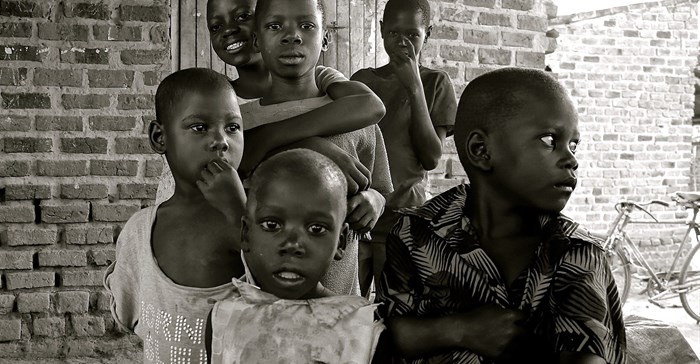Stronger health systems will boost the fight against infectious diseases

For many years, the battle against these diseases was mostly fought with vertical, disease-specific programmes and interventions. But this way of tackling infectious diseases reflects a narrow approach to public health and does little to strengthen the health system.
The Ebola outbreak in West Africa which escalated into an epidemic of over 28,000 cases and 11,000 deaths was prompted by weak and under-resourced health systems. This epidemic highlighted the need for robust health surveillance and better healthcare delivery, both in the interest of protecting the local population and for global health security.
Driven by lessons learnt during the Ebola outbreak and the battle against the HIV epidemic, public health experts are realising that effectively fighting infectious diseases requires more than simply treating patients in health facilities.
Gaps in 90-90-90 approach
Globally, the fight against infectious diseases is spearheaded by international organisations and programmes such as the Global Health Security Agenda (GHSA), the Sustainable Development Goals (SDG) and the 90-90-90 target for the eradication of HIV.
The 90-90-90 target aims at 90% of people knowing their status, 90% of those who know their status receiving treatment and 90% of those on treatment achieving a suppressed viral load by 2020. It also aims to drastically reduce new infections and achieve zero discrimination.
Dr Izukanji Sikazwe, CEO of the Centre of Infectious Disease Research in Zambia (CIDRZ) says that while the 90-90-90 targets are feasible for some African countries, others will struggle to achieve them.
“Even within countries that are closer to achieving these targets, there is heterogeneity across populations, especially among adolescent girls and young women between 15 to 24 years and men over 29 years who still have gaps across all the three 90s”, she says, demonstrating that fortifying health systems is key to tackling infectious diseases.
This became evident in South Africa’s response to the HIV/Aids epidemic where, following an era of HIV/Aids denialism, the need to roll out anti-retroviral treatment (ART) to the tens of thousands in need of treatment was dire. However, it quickly became clear that the hospital-based model for dispensing antiretroviral treatment would fail to reach most of the patients in need.
Changing behaviours
A system-wide revamp was undertaken to combine aggressive information, education and awareness campaigns to change behaviours, prevent the spread of the disease, decentralise the programme and shift the task of care from doctors to nurses. By employing nurses in health facilities that are easily accessible to communities, it was possible to reach the patients in need of care. These changes, along with an influx of international donor aid, reinforced healthcare infrastructure from the bottom up, and today South Africa has one of the largest ART programmes in the world.
“Southern Africa is now performing at the same level or better than most other global regions against the targets, with East and Southern Africa reaching levels of 81-81-79 in 2018,” says Sikazwe.
Dr Gloria Maimela, director of health programmes at the Wits Reproductive Health and HIV Institute believes that while South Africa has made great strides in making ART accessible to patients through decentralisation of services, retention in care remains a challenge, mostly due to weaknesses in the health system. “Improving the quality of data is a critical component of health systems strengthening," she says.
Sikazwe adds that HIV services are increasingly being integrated into other services, with a push away from a siloed system of treating infectious diseases, to one that uses the resources poured into the HIV programme over the years to improve outcomes.
“Increasingly, there are ‘one stop shops’ where maternal child health, sexual and reproductive health and screening for TB and other diseases all occur within one setting,” she says.
Sikazwe explains that in primary health facilities, ART programmes are integrated into routine out-patient departments and efforts are underway to incorporate care for chronic diseases like hypertension and diabetes, within HIV services. She adds that this delivery approach is more in line with community expectations.
“Improving the quality of data, the recruitment and effective utilisation of community health workers and decentralising chronic medicine distribution so that medicines are available closer to where patients live and work; are all strategies that support a well-functioning health system”, concludes Maimela.
Related
#WorldTBDay: Minerals Council SA launches multiple language Ex-Mineworkers Occupational Lung Disease Guide 24 Mar 2025 #MiningIndaba: Minerals Council says Trump funding freeze won’t affect mine HIV treatment 5 Feb 2025 New HIV prevention drug could reach poorest countries by 2025, says health official 18 Dec 2024 Viatris invests R100m in Isando to increase local ARV manufacturing 4 Dec 2024 HIV: there’s hope for a cure – where we stand now 3 Dec 2024 ARV supply set to triple: South Africa's new plan to tackle HIV 2 Dec 2024























